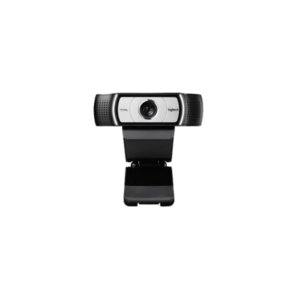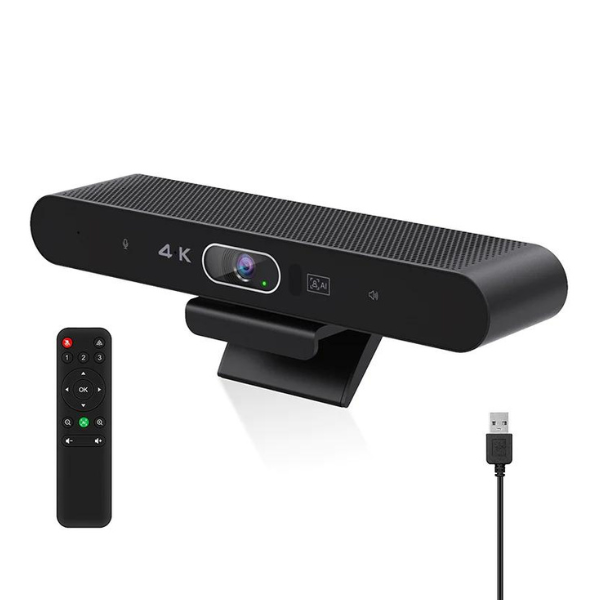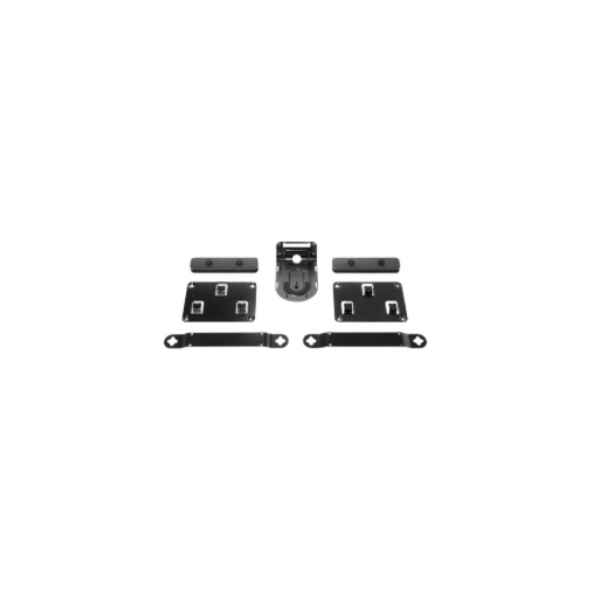Do you often wonder how crucial high-quality audio is for virtual meetings? With remote work becoming a staple, ensuring clear and effective communication has never been more essential.
Why High-Quality Audio is a Game-Changer
Clear Communication is Key
- Impact on Perception: Studies by institutions like the University of Southern California and Carnegie Mellon University highlight that audio quality not only affects how we perceive the information but also our trust in it. Poor audio can lead to participants viewing the speaker as less credible or even less intelligent, which could significantly impact the outcomes of professional discussions and negotiations.
- Avoiding Misunderstandings: In a business context, where discussions often involve complex decisions and detailed exchanges, unclear audio can lead to costly misunderstandings. Ensuring that every participant can hear clearly minimizes these risks and aids in more effective decision-making.
Professionalism and Brand Image
- First Impressions Matter: Audio quality can make or break the professional image of a business during virtual interactions. A conference call with poor audio suggests a lack of attention to detail and can make a business appear unprofessional, potentially turning off clients and partners.
- Consistency in Quality: Maintaining consistently high audio standards across all communication platforms ensures that a business is seen as reliable and committed to quality, enhancing brand perception and trust.
Engagement and Productivity
- Enhancing Participant Engagement: High-quality audio keeps participants engaged by ensuring that they can listen comfortably without straining to understand what is being said. This leads to better attentiveness and more meaningful participation in discussions.
- Reducing Fatigue: Audio issues such as echoing, background noise, or volume fluctuations can lead to meeting fatigue, which decreases productivity. High-quality audio equipment helps in maintaining focus and energy levels during long or multiple virtual meetings.
Remote Collaboration
- Facilitating Seamless Interaction: For teams that operate remotely, high-quality audio is crucial for ensuring that everyone can communicate as effectively as they would in person. This is particularly important when discussing nuanced topics or when quick team alignment is needed.
- Building Team Dynamics: Clear audio allows for the nuances of verbal communication, such as tone and emphasis, to be easily picked up, which is vital for maintaining team morale and understanding, especially in a remote setting.
Choosing the Right Audio Equipment
- Tailored Audio Solutions: It’s essential to choose audio equipment that matches the specific needs of your meeting space and type of meetings. For larger rooms or those with challenging acoustics, specialized equipment that can adequately capture and transmit sound may be necessary.
- Investing in Advanced Technology: Modern audio technologies, such as directional microphones and advanced noise cancellation, can significantly enhance the quality of sound in virtual meetings. These technologies ensure that the audio remains clear and consistent, regardless of external noise or the number of participants.
Integrating Audio with Other AV Tools
- Creating a Cohesive System: Integrating high-quality audio with visual and collaboration tools creates a seamless meeting experience. This integration ensures that the audio does not lag behind the video and that all multimedia elements are synchronized, which is crucial for maintaining the flow of the meeting.
- Enhancing Presentation Quality: Effective integration of audio and visual tools can transform presentations, making them more dynamic and engaging. This is particularly important in webinars or when demonstrating products virtually, where the clarity of both sound and visuals plays a crucial role in audience engagement.
- Each of these points underlines the critical role high-quality audio plays in not only facilitating clear and effective communication but also in shaping the professional image and productivity of modern business environments. By investing in and properly integrating the right audio solutions, businesses can significantly enhance their virtual collaboration and meeting outcomes.
Conclusion
Investing in high-quality audio is not just about buying the best equipment; it’s about creating an environment where communication thrives. As the digital landscape evolves, so does the need for better audio solutions that can keep up with the demands of modern business communications. Making thoughtful decisions about audio equipment and setup can dramatically improve your team’s communication effectiveness, engagement, and productivity in virtual settings.









